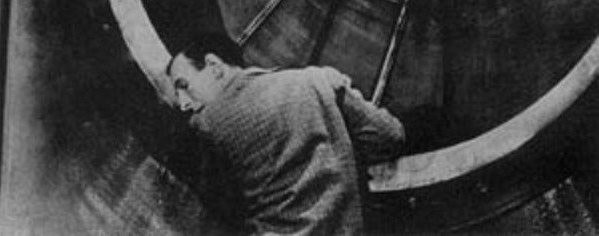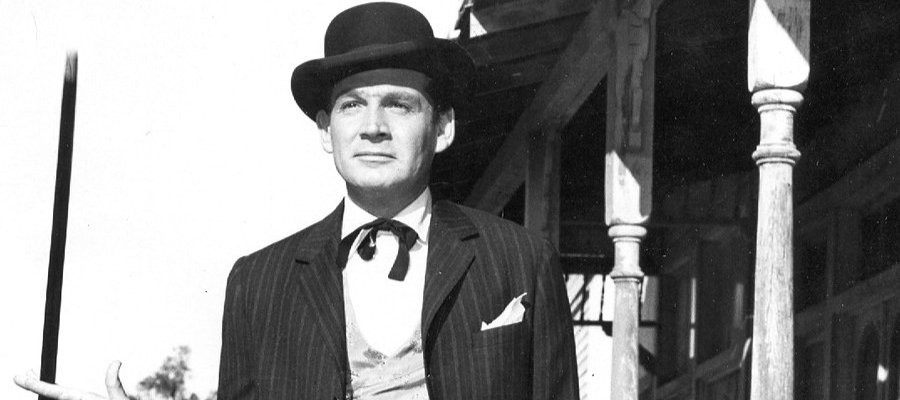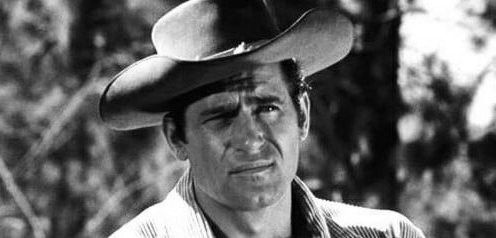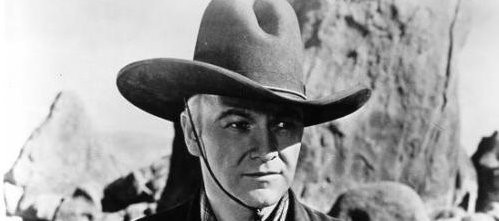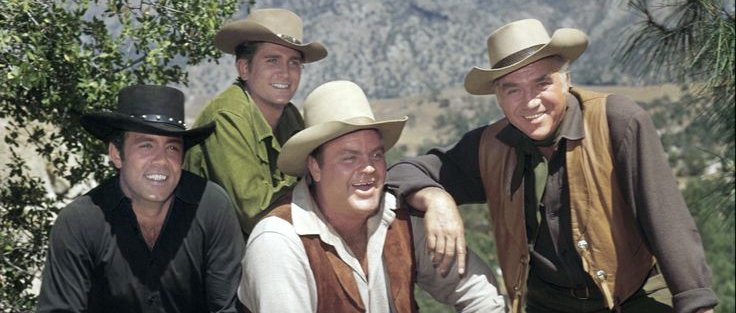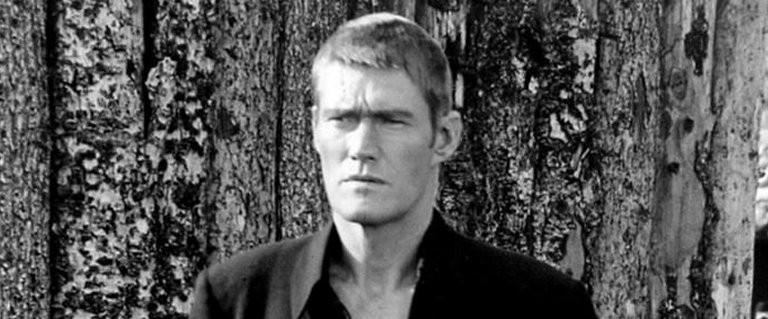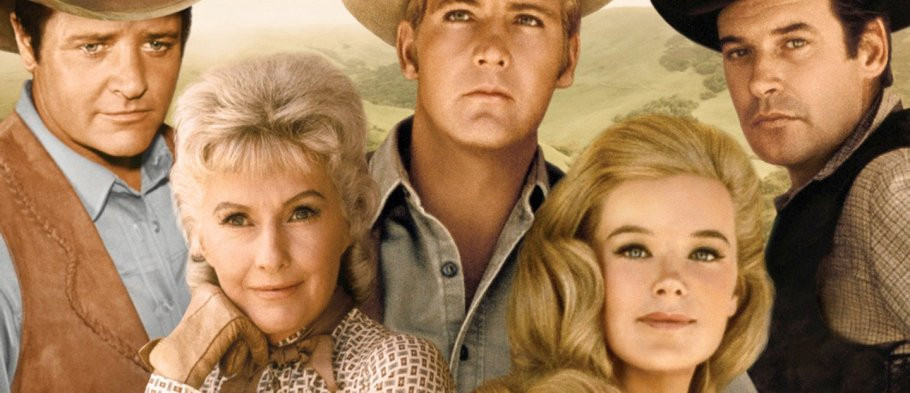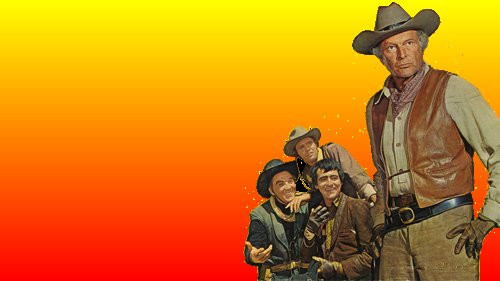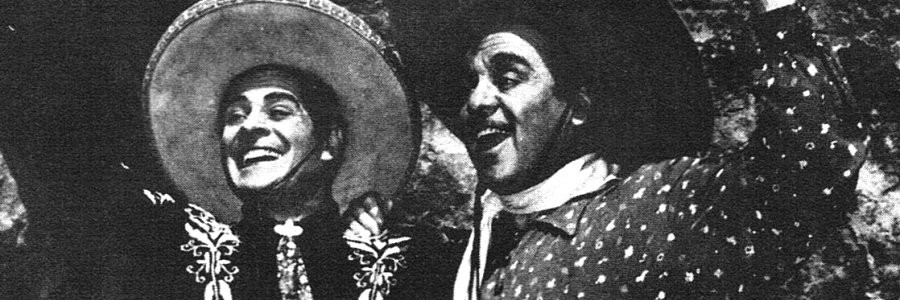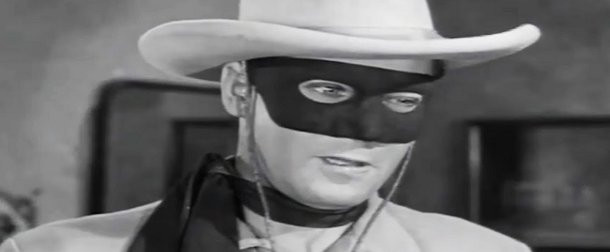
The Lone Ranger
1949 - United StatesThe Lone Ranger began life as a radio series on Detroit's WXYZ in 1933, where it was created by the stations owner George W. Trendle, producer James Jewell and writer Fran Striker. The show became an instant hit, was taken up nationally and turned into two film serials by Republic. In 1949 it arrived on America's ABC network to become one of the first major hits on television.
The first episode told of how John Reid, one of six Texan Rangers, was the sole survivor of an ambush by the Butch Cavendish Hole In The Wall Gang. Reid was nursed back to health by an Indian scout called Tonto, who declared "You only ranger left. You lone ranger now." Reid then set off to avenge the death of his five colleagues, one of whom was his own brother. With his trademark white hat, black mask and horse called Silver, the newly dubbed Lone Ranger set off with Tonto (who referred to him as 'Kemo Sabe', meaning 'trusty scout'), on his crusade to "clean up the town"; that was any town where villainy was in evidence or a wrong needed to be put right. Having done so he would then ride off into the distance with a "Hi-yo, Silver -away!", leaving his beneficiaries to ponder the question, "Who was that masked man?"
Former trapeze artist and male model, Clayton Moore played the Ranger on TV for most of it's run, although during a contract dispute with the studio he was replaced by John Hart. However, Moore and the studio sorted out their differences and he returned to the role leaving Hart to find further fame in Hawkeye and the Last of the Mohicans. Tonto was played by Jay Silverheels, who, despite being the genuine son of a Mohawk Indian, was really named Harold J. Smith. Years later he spoke out against the humbling way Indians had been portrayed on TV and film.
The other recurring characters (apart from the horses Silver and Scout) were Dan Reid, son of the Lone Ranger's murdered brother, and who later became the father of another George W. Trendle character, The Green Hornet, and Jim Blaine who ran the Ranger's privately owned silver-mine that was his source of income and endless supply of silver bullets. The show followed a strict set of guide-lines, as laid down by the production company. "The Lone Ranger never shoots to kill, he uses perfect grammar and his ultimate objective must be towards the development of the west of our country."
Parents loved the patriotism and the moralistic story lines, and even FBI chief J. Edgar Hoover described it as "one of the forces for juvenile good in the country." With it's rousing William Tell Overture, it's fast paced action, simple plots and zero character development, The Lone Ranger was the very embodiment of an idealised west, which had only ever existed within the minds of its creators and the character's uncountable legions of adoring fans.
Published on December 31st, 2018. Written by Laurence Marcus for Television Heaven.


